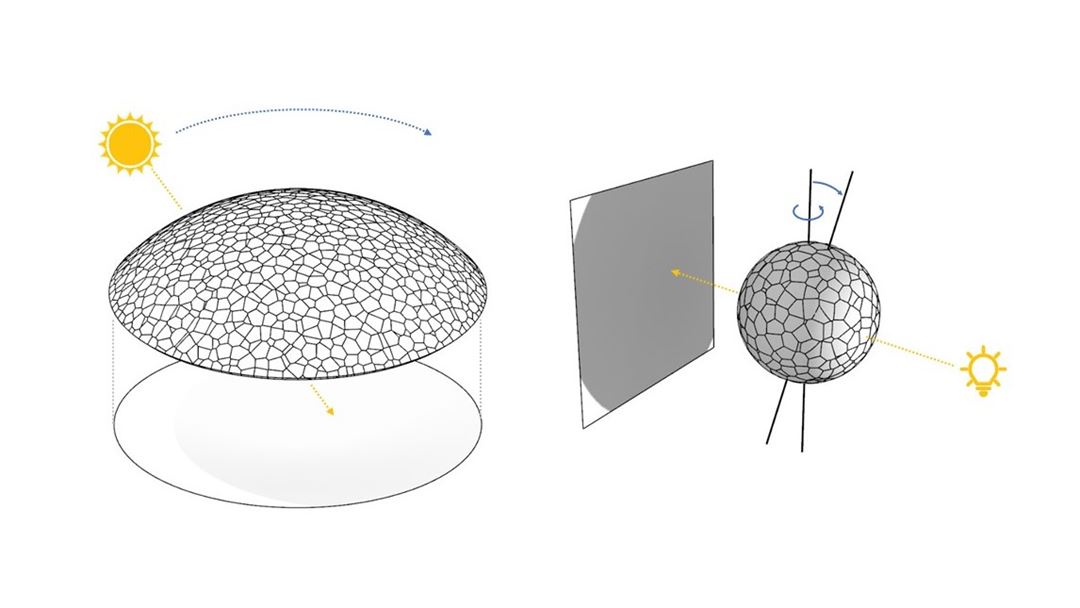Advanced Shadow Control through Inverse Volume Reconstruction

Master Project
Controlling the shadow that an object casts by changing the object's shape has been a topic of interest for several fields. In architecture, controlling the amount of sunlight for a given structure and the cast shadow patterns throughout the sun's trajectory is an active topic of study. In art, sculptures that change appearance according to the viewing angle or shapes that cast surprising shadows have always attracted the interest of both the artists and the viewers. While these effects have been achieved until now by a trial-and-error process or by limiting the shadow to few angles and shapes, this project aims to leverage inverse volume rendering techniques and combine it with advanced manufacturing technologies to provide an automated process for advanced shadow control.
Research Topic Focus
The MSc thesis aims to develop the computational framework that allows for the advanced control of cast shadows through the manipulation and optimization of the obstructing object's complex interior structure. The methodology will focus on inverse volume reconstruction and rendering techniques to obtain the density/opacity field from a given set of target shadows. Experimentations with different 3D printed structures will be carried out to find possible manufacturing approaches that approximate the field and the desired shadows.
Possible collaboration with NTNU architecture student who will create architectural designs that utilize the developed tool.
Expected Results and Learning Outcome
The results of the thesis will be the methodology and the implementation of the advanced shadow control design tool. The expected learning outcome will be practical experience with computational design and inverse design problems, graphics, volumetric rendering techniques, and applications in architecture.
Qualifications
Desirable qualifications include good programming skills, graphics and visualization knowledge, optimization. Possible deep learning approaches will be considered.
References
- Niloy J. Mitra, Mark Pauly. 2009. Shadow Art. ACM Trans. Graph. 28, 5 (December 2009), 1–7. DOI: 10.1145/1618452.1618502
- Kaustubh Sadekar, Ashish Tiwari, and Shanmuganathan Raman. 2021. Shadow Art Revisited: A Differentiable Rendering Based Approach. arXiv: 2107.14539
